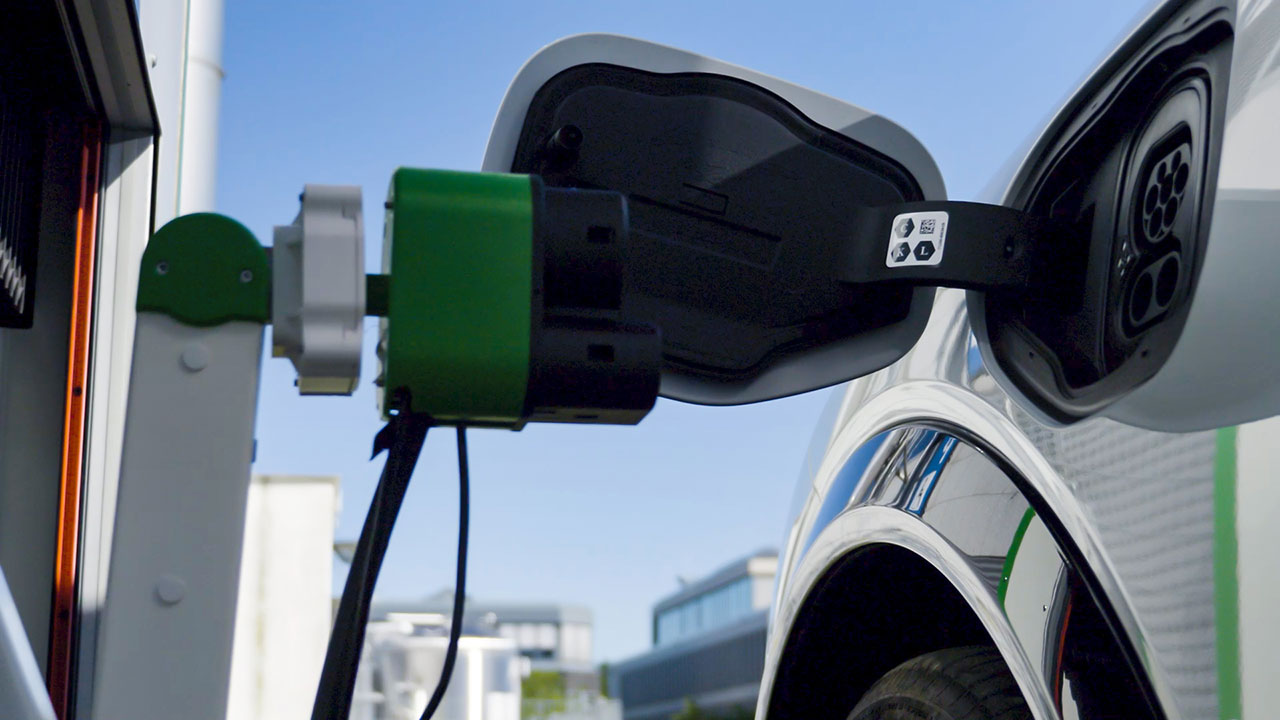The new technology will allow disabled drivers to stay in the car while charging or leave the vehicle while the robot does all the work.
The system works as follows. An electric car pulls up to a charging station, the driver activates charging via a smartphone app, the charging port cover opens, and a robotic charging sleeve is extended to the input connector, equipped with a small camera to accurately hit the target.
In the beta version of the system, drivers could track their state of charge through the FordPass app. After charging is completed, the robotic arm returns to its place.
In the future, robotic charging stations could be installed in parking spaces for disabled drivers, in car parks or in private homes. In addition, the equipment can be useful for large corporate fleets.
In the future, this process may become fully automated with minimal or no driver involvement. The driver will simply send the car to the charging station, and the infrastructure will ensure its autonomous delivery and return from the destination.
Source: Ford


